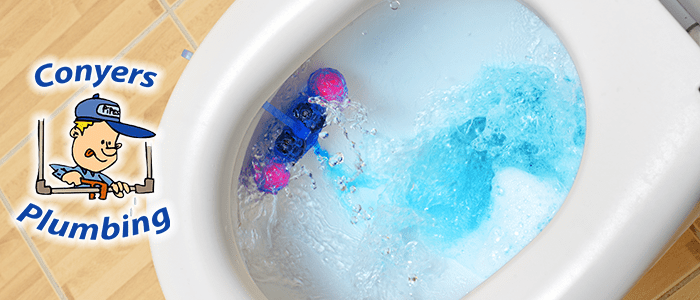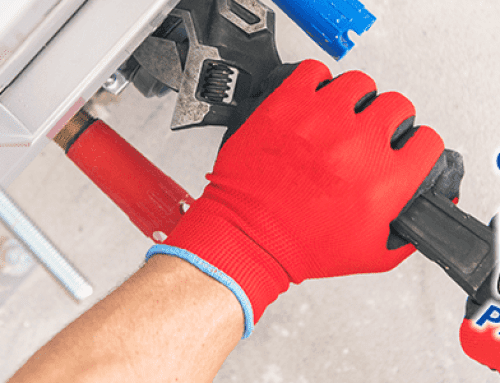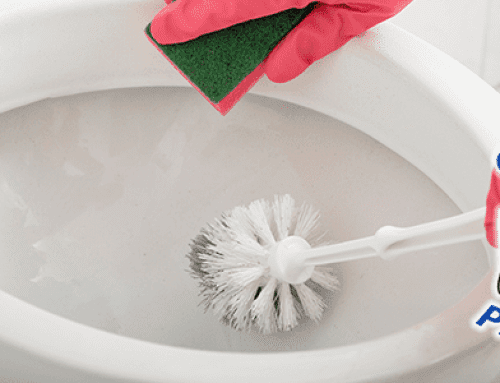The invention of the toilet has come a long way since our ancestors would essentially relieve themselves wherever they roamed. Many homes will have at least one toilet, if not multiple ones. As technology advanced, toilets have become more efficient in the way it flushes down waster while conserving water. One of the newest types of toilets that have seen recent popularity over the years is the dual-flush toilet. In this article, we will discuss dual-flush toilets and why every bathroom should install one.
What Is A Dual Flush Toilet?
As the name suggests, a dual flush toilet is a toilet that has two different flushing mechanisms. There is a button to flush liquid waste that uses less water and another button to flush solid waste that uses more water.
Are Dual Flush Toilets Different Than Standard Toilets?
Although dual flush toilets and standard toilets serve the same function, there is some difference. When someone pushes the handle or button to flush in a standard toilet, the water fills a siphon tube to push the waste down the drain. The siphon will continue until air enters the tube.
In a dual flush toilet system, the toilet utilizes gravity more efficiently. That is why the toilet can flush with half water for liquid waste and standard water for solid waste. This also creates a more natural mode of waste disposal which leads to fewer problems with the flushing mechanism.
Environmentally Friendly
Due to the dual flushing capability and the use of gravity to dispose of waste, the dual flushing toilet is more environmentally friendlier. For families with young children, it also normalizes the importance of conservation through use.
Saves Money
Since the dual flushing toilet conserves water, it subsequently saves money on a home’s water bill. They also tend to have fewer maintenance issues and therefore less overall costs through regular usage.
What Are the Disadvantages To Dual Flush Toilets?
We would be remised if we did not tell you about the disadvantages of dual flush toilets. Dual flush toilets tend to be more expensive than standard toilets. In addition to the initial cost of the toilet itself, there might be some retrofitting required to place a dual flush tank on an existing toilet bowl or to install both the tank and bowl into current plumbing structures.
Although a dual flush toilet has fewer maintenance issues than a standard toilet, the buttons for dual flush toilets are known to develop leaks at the button. If these leaks are not resolved, they can lead to more water being wasted in the long term.
Lastly, suppose people do not use the right button to flush the proper waste. In that case, they may face a situation where the waste is not completely flushed and need to use additional water to flush the remains, or they are using too much water than needed to flush the waste. If this happens often, it negates the benefit of water conservation.
In Conclusion
If you are in the market to install a new toilet, contact Conyer’s Plumbing. We will go over the benefits of both the standard and dual flush toilets and help you decide what is best for your needs.




